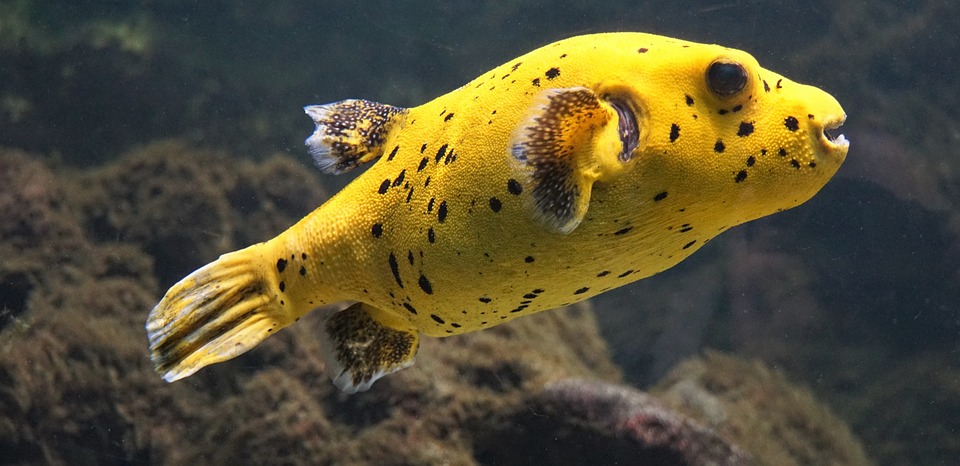Header: Fish Health: Addressing Floating Fish in Your Fish Tank
Introduction
Having a fish tank can be a delightful addition to your home or office, bringing the beauty of aquatic life right to your doorstep. However, encountering fish floating at the surface of the water can be concerning for any fish owner. In this article, we will explore the reasons behind this behavior and provide you with essential tips on how to recognize and address the issue effectively.
Understanding Floating Fish: Causes and Symptoms
1. Physical Stress
Physical stress can lead to fish floating at the surface of the water. This can be caused by inadequate water quality, improper temperature, oxygen deprivation, or overcrowding. It is important to ensure that your fish tank provides optimal conditions for your fish to thrive.
2. Disease and Infections
Various diseases and infections can also cause fish to float at the surface. Swim bladder disorder, parasitic infections, and bacterial or fungal infections can all contribute to this behavior. It is crucial to monitor your fish closely for any signs of illness and seek appropriate treatment.
3. Nutritional Issues
Nutritional issues can affect fish health and lead to floating behavior. Overfeeding, an imbalanced diet, or nutrient deficiencies can all impact fish well-being. Providing a balanced diet and feeding appropriate amounts can help prevent this issue.
Addressing Floating Fish: Step-by-Step Guide
1. Evaluate Water Parameters
Regularly test the water quality in your fish tank to ensure it meets the necessary standards. Check temperature and pH levels regularly and ensure proper oxygenation. Maintaining optimal water conditions is crucial for fish health.
2. Identify and Treat Diseases
Observe your fish’s behavior and appearance closely to identify any signs of illness. If you notice any abnormalities, consult a veterinarian or aquatic specialist for a proper diagnosis. Follow their recommended treatment methods to address the issue effectively.
3. Review Feeding Habits
Evaluate your fish’s feeding habits and make necessary adjustments. Feed them appropriate amounts to prevent overfeeding, provide a balanced diet, and consider incorporating specialized fish food to address any nutritional deficiencies.
4. Ensure Proper Tank Conditions
Maintain an adequate tank size and filtration system to provide a healthy environment for your fish. Avoid overcrowding, as it can lead to stress and health issues. Regularly clean the tank and change the water to maintain optimal conditions.
5. Monitor and Adjust
Keep a close eye on your fish’s behavior and health. If you notice any changes or recurring floating behavior, make necessary adjustments to water conditions, diet, and tank setup. Seek professional help if needed to ensure the well-being of your fish.
FAQs: Frequently Asked Questions
Q1. Why are my fish floating at the surface?
A: This behavior can indicate physical stress, diseases, or nutritional issues.
Q2. How can I improve water quality in my fish tank?
A: Regularly test water parameters, clean the tank, and use appropriate filtration systems.
Q3. What should I do if my fish appears sick?
A: Monitor the fish closely, consult an expert, and follow recommended treatment methods.
Q4. Can overfeeding cause fish to float at the surface?
A: Yes, overfeeding can lead to swim bladder issues, resulting in floating behavior.
Q5. How often should I change the water in my fish tank?
A: Generally, it is recommended to change 10-25% of the water every 1-2 weeks.
Conclusion
Observing fish floating at the surface can be alarming, but with proper understanding and timely action, you can address the issue effectively. By maintaining optimal tank conditions, monitoring fish health, and seeking professional advice when necessary, you can ensure the well-being of your beloved aquatic friends. Remember, a healthy and thriving fish tank brings joy and tranquility to your space.









